Wine Roads of Croatia: Discovering Slavonia
There are many reasons to visit Croatia. The country’s rich history, beautiful countryside, magical coast, and welcoming people draw thousands of tourists each year. But sidetracking from the standard tour to explore the roads less traveled will bring discoveries that promise to enlighten the heart and palate.
My travels would take me to Slavonia, a rich agricultural region in Northeastern Croatia. The area is fertile, nurtured by three main rivers – the Drava, the Danube, and the Sava. Its unique history and topography has directly influenced its gastronomy and world class wine production.
Slavonia celebrates its origin as the marriage of Eastern and Western cultures. Its heritage draws from an illustrious past. The ancient Illyrians, Celts, Romans, Turks and Austrian-Hungarian Empire have left their mark. Slavonia is a true melting pot of flavorful traditions.
Each day presents a new unforgettable experience. A lesson in wine making, the music of violins and the native tamburitizia, the savory taste of Kulen, a spicy pork sausage, or an elaborate lunch featuring paprikash, a cauldron cooked paprika seasoned fish stew are only highlights of the adventure that awaits. Be prepared… your senses will be constantly awakened!
Zagreb
Zagreb, the capital of independent Croatia since 1991, is the best central point of embarkation for a Slavonian Wine Country experience. The city is the perfect blend of past and present. Zagreb is the largest city in Croatia with a history that dates back to the Middle Ages. Originating from the remnants of two sister settlements, Zagreb remains a dichotomy. A bustling modern metropolis meets an old world city. Locals fondly reference the distinction as Upper Town and Lower Town.
For visitors, the differences are charming and inviting. Zagreb is a pedestrian friendly green city with over 30 parks.
Just outside my hotel, the Hotel Palace is a beautiful garden area surrounded by impressive baroque buildings housing government offices.
The gardens are part of the Green Horseshoe, a 19th Century visionary project by urban planner, Milan Lenuzzi that transformed the city following the earthquake of 1880. The Horseshoe or Green Mile consists of a network of green spaces, gardens and tree-lined squares that begin at the Zagreb rail station and extend to the main square of Ban Josip Jelačić, looping around the Lower Town area in the shape of a horseshoe. The National Theatre, Museum of Arts and Crafts, and Zagreb University are noted landmarks on the route.
You will find a statue at the center of nearly every square honoring a war hero, poet, artist or innovator. Petar Preradović Square, fondly called Flower Square because of its many flower stalls, is the perfect place to enjoy a coffee at an outdoor cafe and soak in the sights. And as the capital city, Zagreb offers the region’s best shopping. Ilica Street, a popular shopping destination, is lined with many high end boutiques showcasing Croatian designers. Most visitors are encouraged to visit Croata located in the Oktogon Arcade Building just off of Ilica. The store, a leading seller of men’s ties, will entertain you with the colorful history of the necktie and its acclaimed Croatian origin.
For a more eclectic experience, check out Radićeva street, nestled in the Upper Town. The cobblestone street, best known for its bars and nightlife, now includes a mix of funky jewelry stores and shops. Dolac is the city’s most popular daily open air market. The place is buzzing by early morning with vendors and artisans selling fresh fruit, vegetables, local cheeses, flowers, fish, crafts, and more. Croatian lavender sachets, soaps and lotions make heavenly-scented gifts and perfect souvenirs. But, don’t forget to pick up a Lictar. This bright red heart-shaped gingerbread cookie is a Croatian symbol of love and is a favorite holiday ornament.
The 13th Century walls of Upper Town Zagreb, Gradec, are still nearly intact. However, locals tell of a story where fire destroyed much of the old city walls in the 18th Century. Only one gate wall remains. It is said that a painting of the Virgin Mary has protected this stone gate wall and the people of Zagreb for centuries. Today, the wall is a popular pilgrimage site marked by a small shrine, a memorial of plaques and a modest candle prayer station. Our Lady of Kamenita Vrata is now celebrated as the patron saint of Zagreb complete with a special procession the last day in May.
Beyond this special stone gate, you will find Zagreb’s architecturally impressive gothic Cathedral of the Assumption dating back to the 11th Century, as well as, the Church of St. Catherine, a baroque-style masterpiece built by the Jesuits in the later part of the 17th Century. Nearby is St. Mark’s Square the seat of government during medieval times and current day, best known for its artistic details and intricately designed portal consisting of fifteen spiritual effigies. On the church roof, one sees colorful tiles depicting the Coat of Arms of Zagreb City and of the Kingdom of Croatia which included Slavonia and Dalmatia.
A short walk from St. Mark’s is The Croatia Museum of Naïve Art. The museum celebrates a distinct segment of 20th Century Modern Art, not unlike Cubism or Abstractionism that has an identifiable artistic element of style and a certain poetic imagery. Over 1,700 works by self-taught painters and sculptors are on exhibit.
When following history in Croatia, one inadvertently will find their way back on the wine route. A visit to the Bornstein Wine Cellar, minutes from the Cathedral of the Assumption and Zagreb’s main square, is a great way to begin your Croatian wine education. Some of the finest and oldest wines are showcased and sold at this unique boutique shop.
It was during a tasting seminar at Bornstein’s, that I discovered Graševina, the most predominate white grape variety in Croatia. Also nicknamed “Croatia’s Italian Riesling”; this wine style is the regional favorite.
Belje, Erdut, Kutjevo, and Ilok, Croatian wine brands and vineyards unknown to me…. found an identity after only a few short hours in the Bornstein Cellar. The introduction only heightened my desire to learn and taste more Croatian wine. For the next four days, I would visit ancient cities, churches, fortresses, castles and some of the oldest vineyards and cellars in Europe.
Slavonski Brod
My first stop was Slavonski Brod, the sixth largest city in Croatia, located on the Sava River. Vineyards dot the southern slopes of the Dijl hills. The Brod Fort, a dominating attraction, offers living history programs featuring 12th Century garbed re-anactors and heritage tours.
Each June, Slavonski Brod hosts the oldest folklore festival in Croatia, Brodsko Kolo, a celebration of traditional songs and dance. A visit to the family-run Zdjelarević Hotel & Winery in the village of Brodski Stupnik should not be missed. The hotel’s terrace restaurant serves traditional regional dishes and wine in a spectacular setting. The Zdjelarević family has been planting and hand harvesting grapes for generations producing structurally rich quality wines. Owner, Davor Zdjelarević is a passionate winemaker and an innovative entrepreneur. Most recently, he successfully introduced a new product line, Klinka. The young fragrant wines with colorful trendy packaging are creating a buzz in Croatia. The marketing targets the Generation X demographic, primarily women and wine neophytes.
After a five course lunch I was ready for a nap but pushed onward east to Vukovar-Srijem County, home to the largest Oak Forest in Eastern Europe. This forest is important to the economy, providing oak for wine barrel production. Like wine, the barrels are a growth industry for the country. In fact, Croatian oak wine barrel production is near to surpassing French production; the exportation is now global.
The town of Vinkovci is the archeological gem of the county, the oldest inhabited area in Croatia. My visit timed perfectly with Vinkovci’s Autumn Festival, a ten day celebration in September.
The town comes alive with music, dance, and folkoric events. The Grape Harvest in nearby Ilok is another popular event that draws crowds.
Ilok
Ilok is a beautiful medieval town located in the Northern Croatian Danube region. In Ilok, you will find a renaissance castle, a monastery, a church, many well preserved monuments dating back to the Ottoman-Turkish occupation, and a wine cellar on almost every street. But the town is best known for Ilok Cellar Wines which owns and maintains the Castle’s ancient winery and cellars. Ilok’s Traminer, a white wine varietal produced since 1710, achieved notoriety at the English Court during the Coronation of Queen Elizabeth II. Ilok Wines continue to receive world acclaim honored by countless awards for superior quality, bouquet and taste.
For a true glimpse of the history of Ilok and the Danube region’s illustrious past, a visit to the newly reopened (February 2010) Grand Museum Ilok is strongly recommended. A cultural and historic landmark, the museum is located on the site of the medieval palace of King Nikola Iloćki and the Castle of Prince Odescalchi. The museum offers visitors a unique and memorable experience via a multilevel exhibition of archeological, ethnographic and military artifacts.
Osijek-Baranja
My tour of Croatia’s wine country continued to Osijek-Baranja County and several renowned northeastern vineyards.
Osijek, the capital city of Slavonia, would offer me a unique cultural experience. The city is the cradle of tambura, the traditional string musical instrument and the folk artisan craft of gold threaded embroidery known as “zlatovez”. It is also home to Slavonia’s first university and printing house. This port city has a rich history dating back to Stone Age and Roman Empire. And, despite Turkish rule for over 161 years, there is little trace of influence in modern day Osijek. Sadly, it is the remnants of war-torn Osijek, which is on the Serbian border, that are still present. Bullet holes from the Serbian rebel attack on the city in 1991 visibly scar many of the buildings in the square.
Osijek strongly supports Slavonia’s wine culture. In fact, the tourism board and guide association is the first to offer a professionally guided wine tour and program in seven languages. Exploring nearby Djakovo, one of the top wine producing areas in Osijek-Baranja County, is a highlight of the tour itinerary.
Visitors can opt to skip Zagreb and fly directly into Osijek’s regional international airport located just minutes from the city.
Restaurant Wine Cellar Josić in the nearby village of Zmajevac, was among my favorite Baranja gastronomic discoveries. Josić’s fresh fish, hearty stews and savory grilled meat dishes are all part of an extensive locally inspired menu. A glass of the cellar’s Cuvée, a delightful red with a blackberry bouquet is the perfect complement to the traditional spicy spit-roasted specialties.
Leaving Osijek, I headed southeast to the 15th Century town of Erdut on the banks of the Danube.
There is little left of this once thriving ancient city. A small shrine, built in 1708, dedicated to Our Lady of Refuge continues to draw visitors to the area. But it is the established vineyards and wine production that infuse the local economy and tourism. Viticulture reached its height in Erdut in 1730 when a nobleman built a large wine cellar within his castle. That wine cellar and the surrounding vineyards grew into Erdut Vineyards which today boasts ownership of the largest usable oak barrel in the world with a capacity of 75,000 litres. Erudt wine varietals include a light Riesling, crisp Chardonnay, and a sweet scented Gewurztraminer.
Inland, the expansive majestic vineyards of Belje Cellars rival the beauty of Napa Valley. My tour included a private tasting in the heart of the vineyard. I happily indulged in a glass of Riesling from a large gazebo atop Banovo hill also known as Golden Hill, the highest elevation in Baranja. The views of the valley, verdant slopes and fields were breathtaking.
Belje Cellars dates back to 1697, but is now part of Agrokor, the largest private Croatian based company specializing in food, beverages and agricultural products. The actual cellars were dug in the side of a hill. There are two distinct levels within the cellar. A maize of intricate narrow hallways and crevices lead to an impressive collection of over 1000 wine bottles.
Belje is recognized as a top producer of Graševina and other superior white wines. But it is their 2008 Merlot, a rich ruby red that outshines the rest. A top pick for me, full bodied and flavorful, I can only hope for Belje expanded distribution to the U.S. so I can stock up with cases of the Merlot before it is sold out.
Kutjevo
No visit to Croatia Wine Country would be complete without a tour of the historic town of Kutjevo nestled on a hillside overlooking the Požega Valley.
Kutjevo Castle is home to one of the oldest cellars in Croatia. The castle is connected to the winery by an underground passageway. The wine cellar dates back to the 13th century when it was part of a Cistercian monastery. Kutjevo Cellars, the core contributor to this famous heritage wine center, owns half of the vineyards in the area and continues to produce prized Croatian wines.
Nature enthusiasts can now “sip and cycle”, exploring Kutjevo and the surrounding countryside via a marked mountain bike trail. The 9.5 mile trail currently runs through the valley into Croatia’s Nature Park Papuk, but future expansion will include three other popular parks- Kopački Rit, Longa Field, and Medvednica.
Bird enthusiasts and naturalists, while in Bajanja, will want to include a visit to Kopački Rit Nature Park, one of Europe’s largest preserved wetlands and home to over 297 bird species.
Nearby Velika, an outdoor recreation and tourist resort town at the slope of Papuk Mountain, is well known for is natural thermal mineral springs and spas. If your schedule allows, a stopover before returning to Zagreb for your departure home is recommended. Depending on the time of year, you can enjoy hiking, skiing, sledding and fishing. Or simply, relax and enjoy the mountain views.
For me, a soothing bath with a glass of wine in hand was a perfect way to unwind, reflect on my experiences and toast Slavonia, the matriarch of Croatian wines.
To plan your Slavonia vacation and wine adventure, contact the Croatian National Tourist Board
New York Office: 212-279-8672
Hotel Review- Dubrovnik: Grand Villa Argentina
About the Author: Sheila Gaspers is a freelance writer who crosses countries and continents to connect with the people and places that inspire and reignite one’s passion for living. True to her gypsy heart, Sheila reinvents herself daily and follows her dreams. Storyteller, historian, entertainer and true soul sister – this travel diva can’t wait for her next gig. Did someone say “TV Talk Show Host” or perhaps “Cruise Director”? Sheila’s successful media career spans 30 years and her published work continues to engage and enlighten readers around the world.
Discover more from Tango Diva
Subscribe to get the latest posts sent to your email.
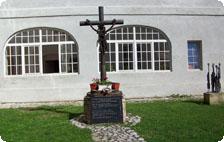
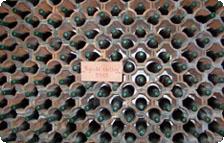
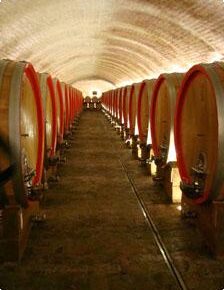
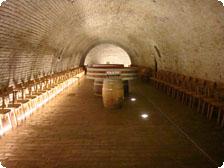
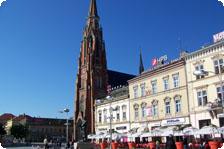

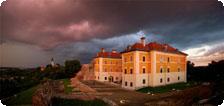

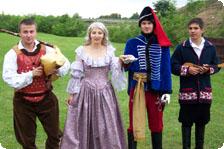
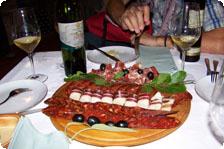
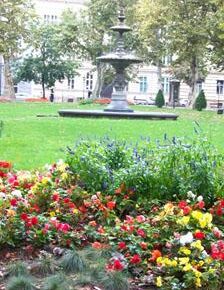
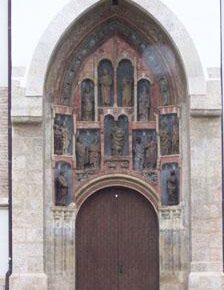

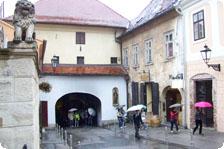

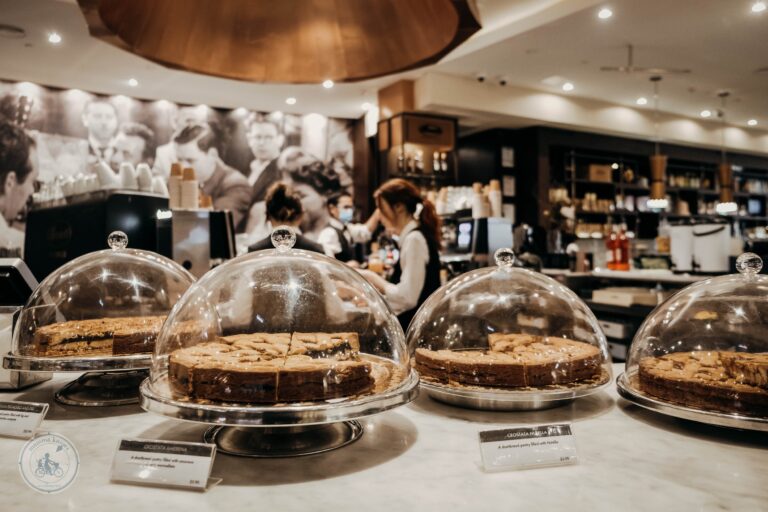
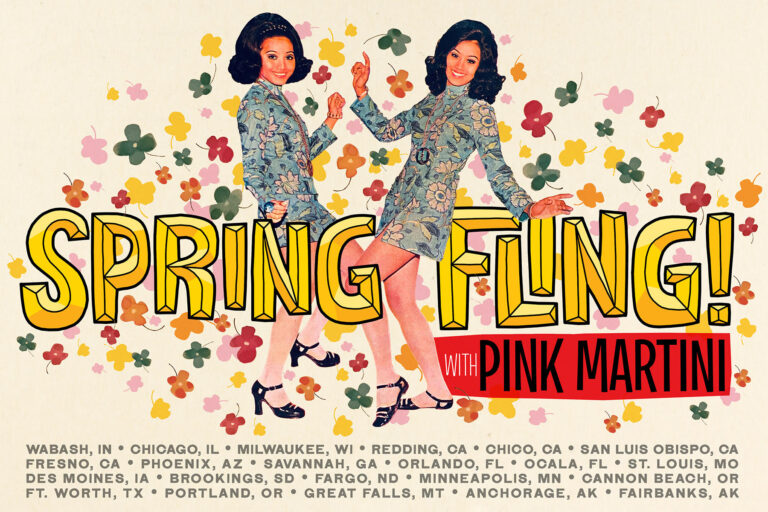
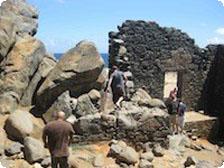


Slavonia is the most underrated region in Croatia, amazing wine, food and people, so glad somebody is writing about different sides of Croatia then the same old Dubrovnik, Hvar stuff…great